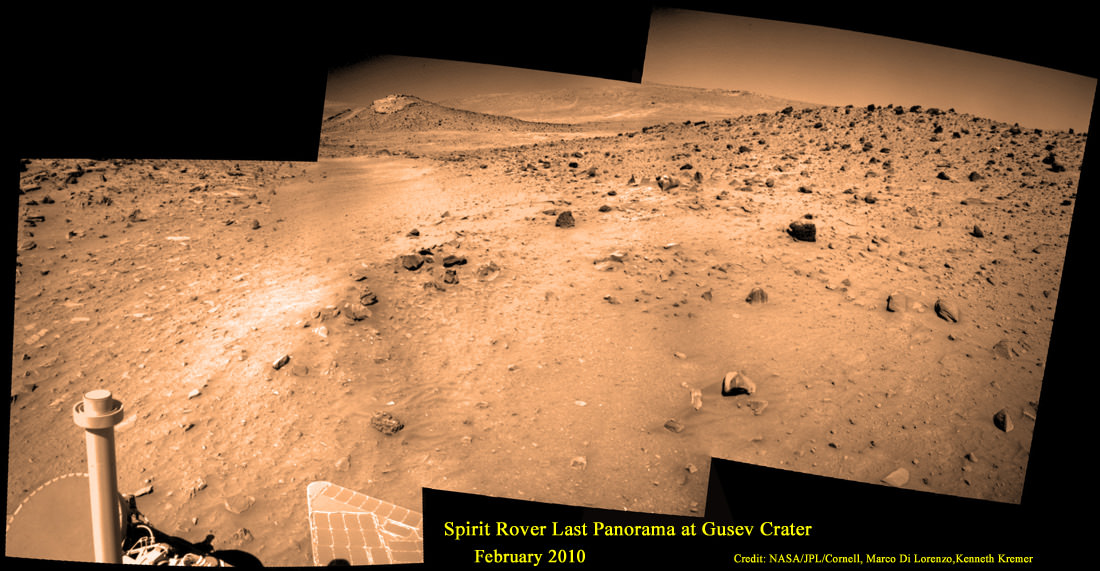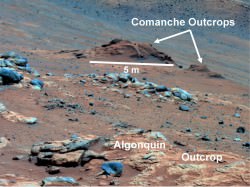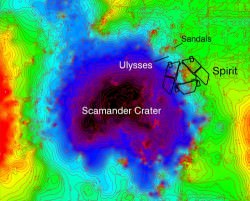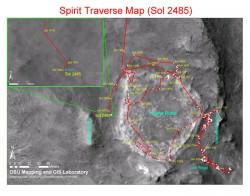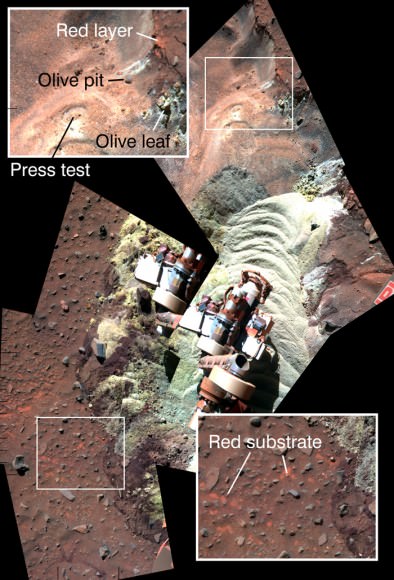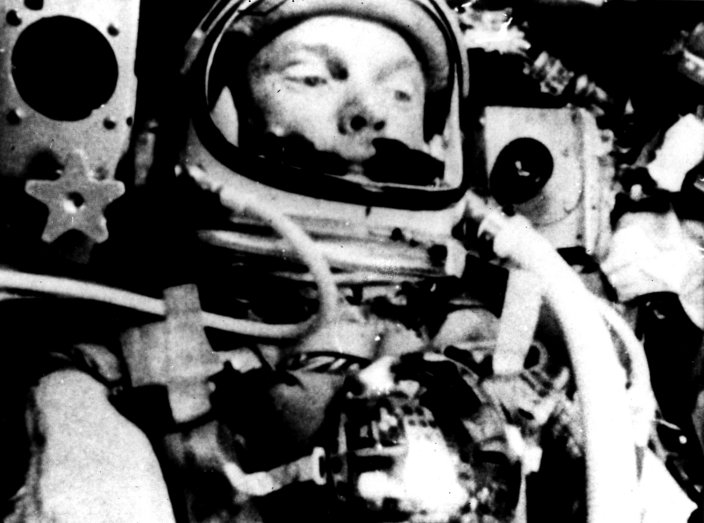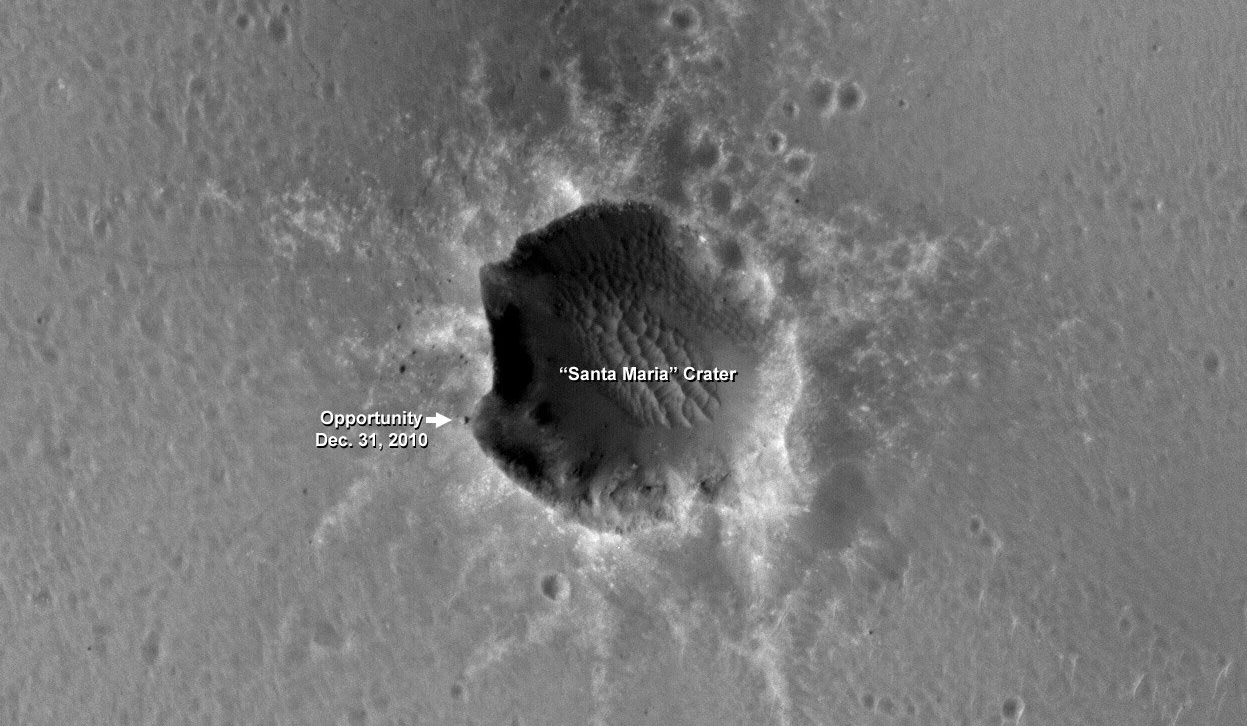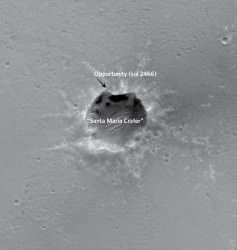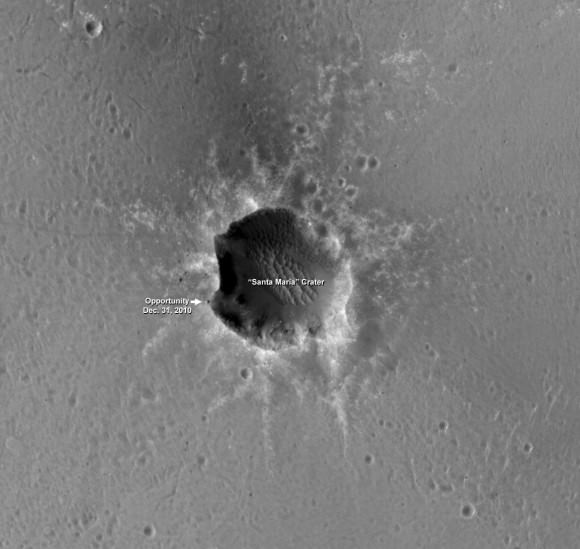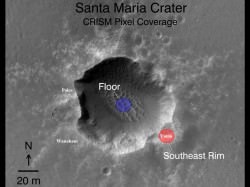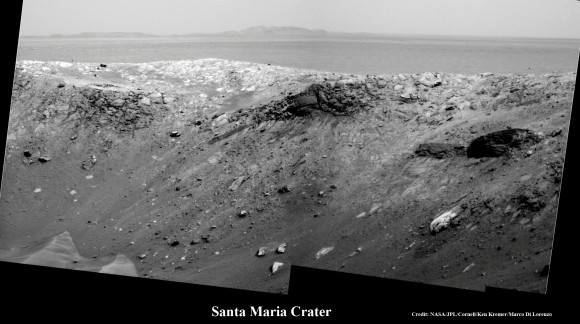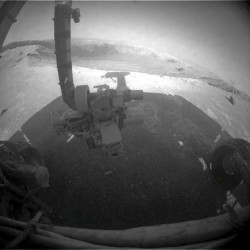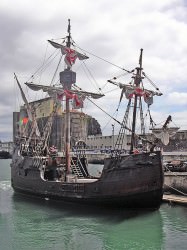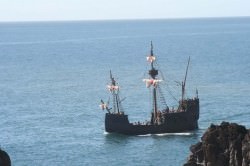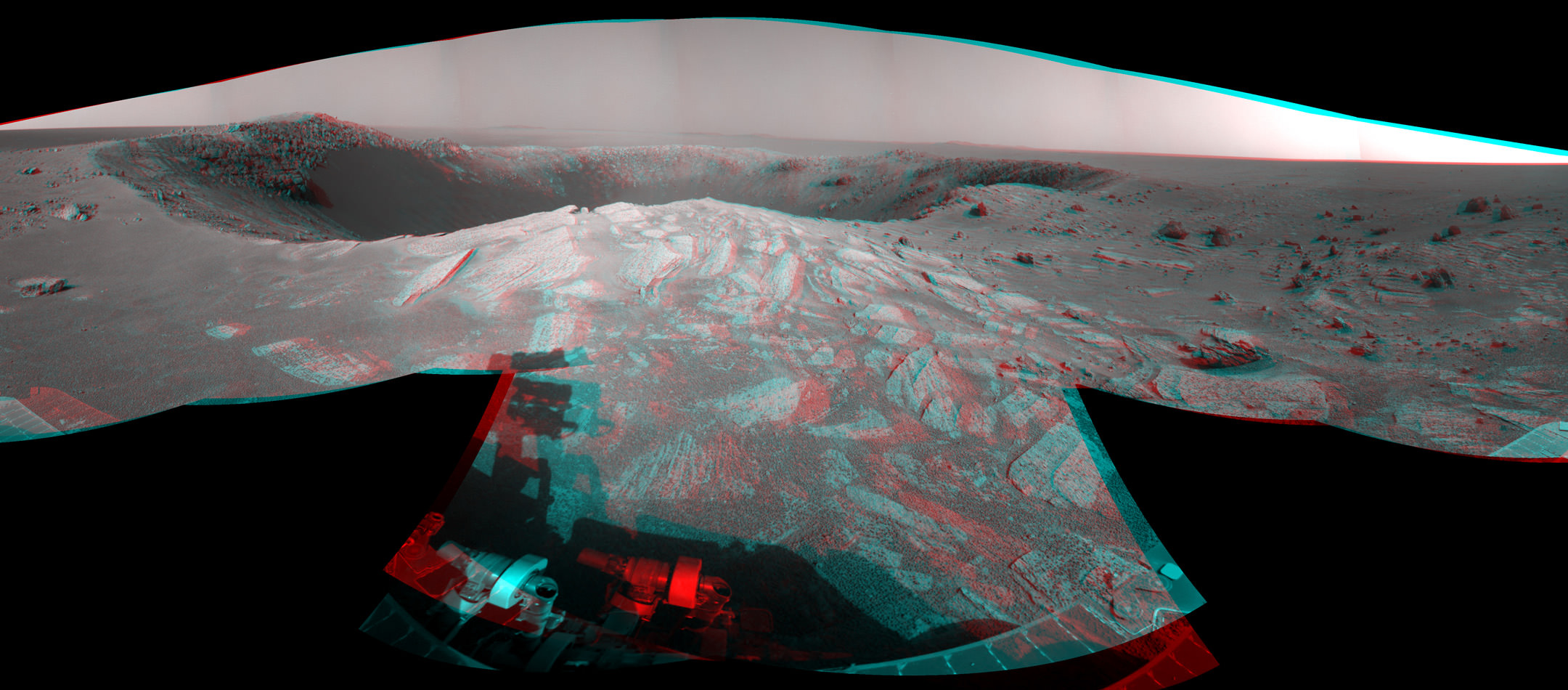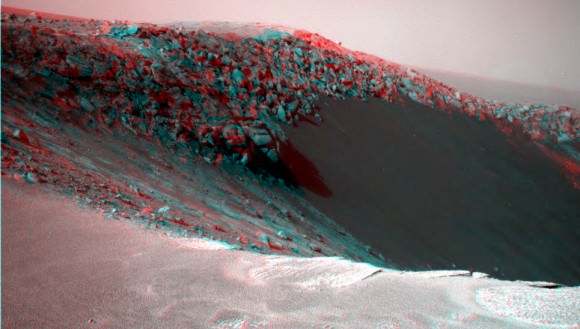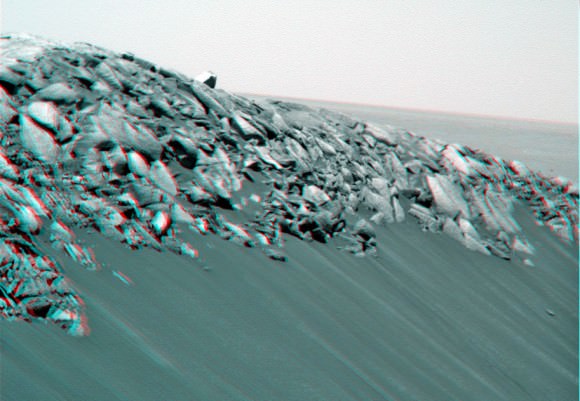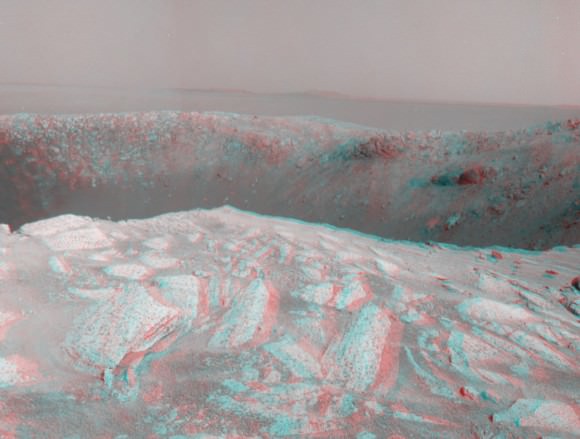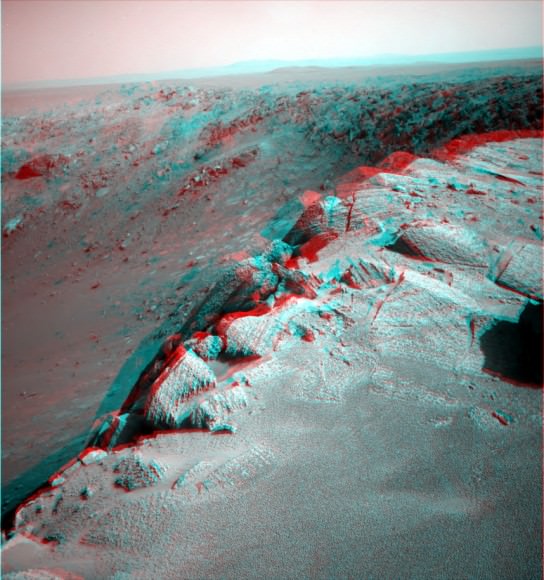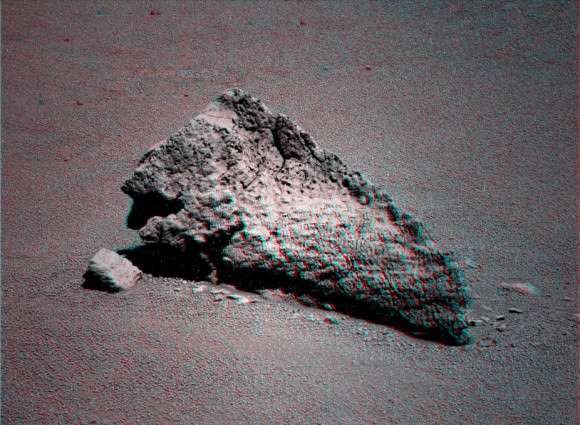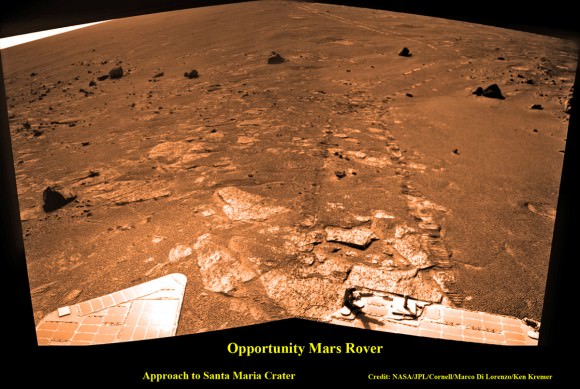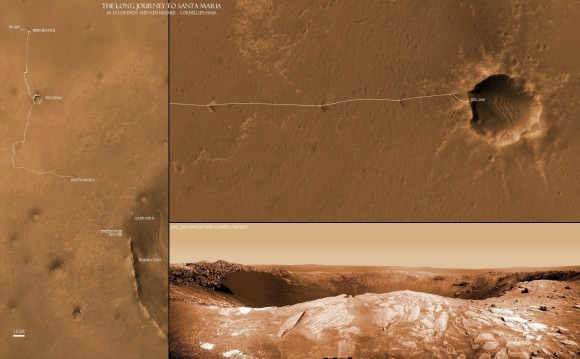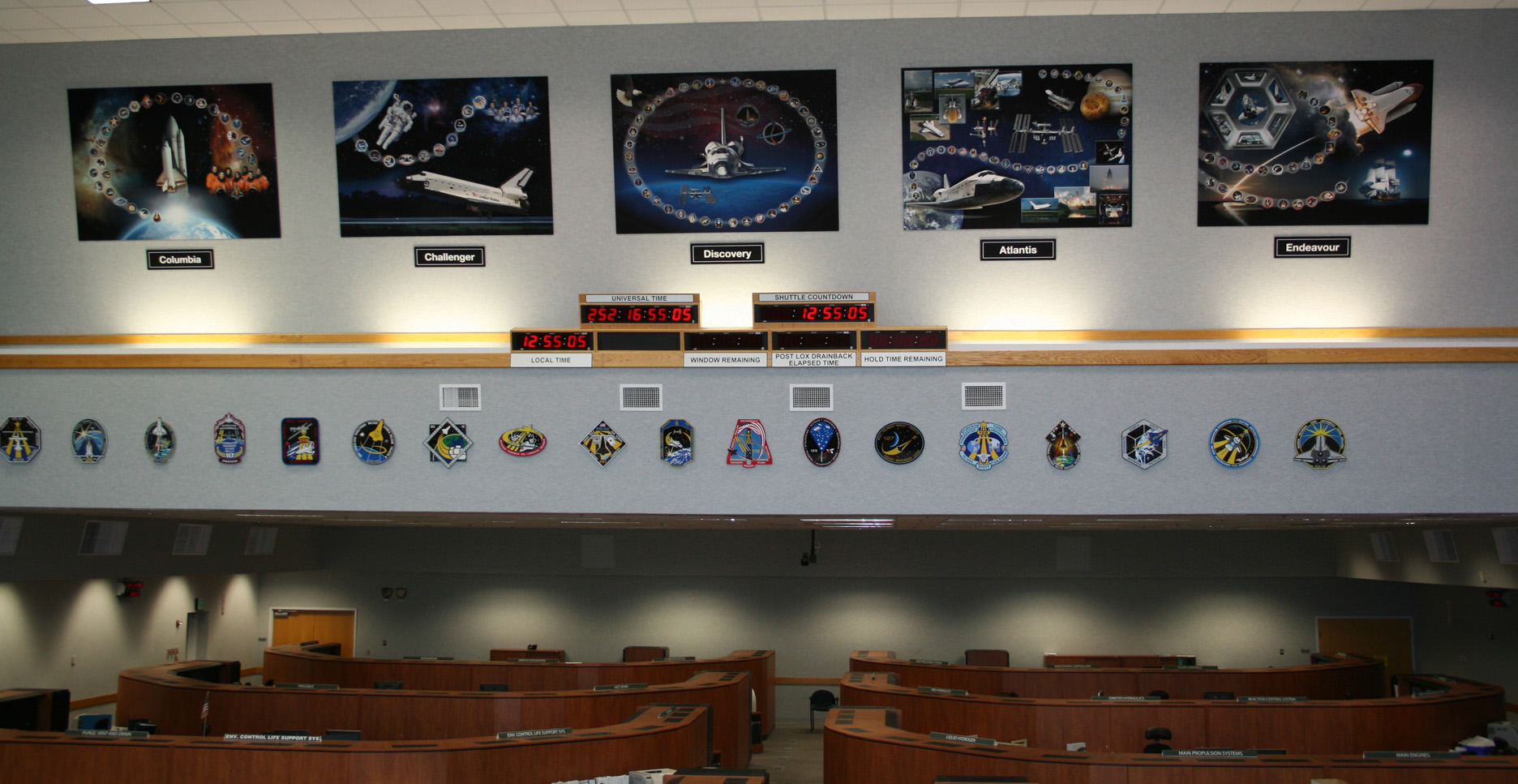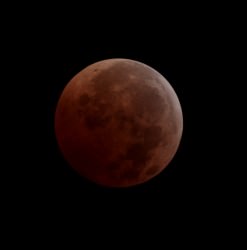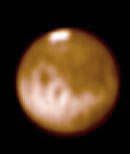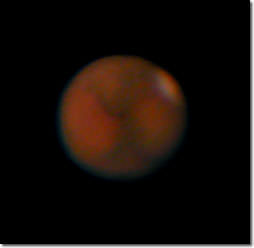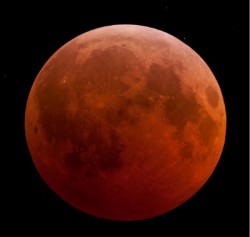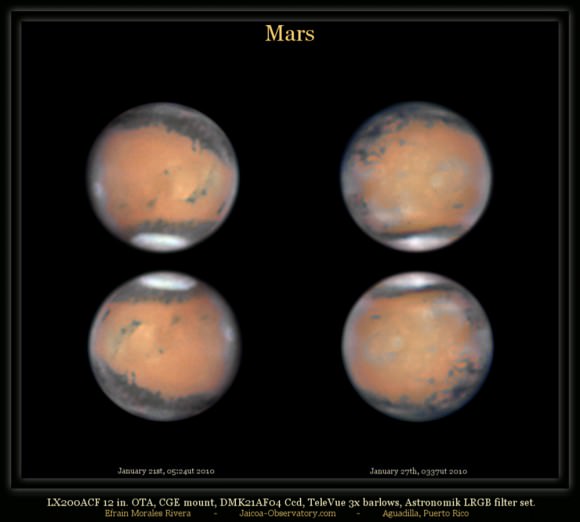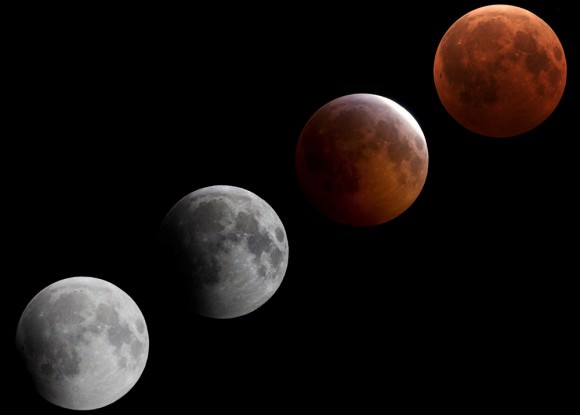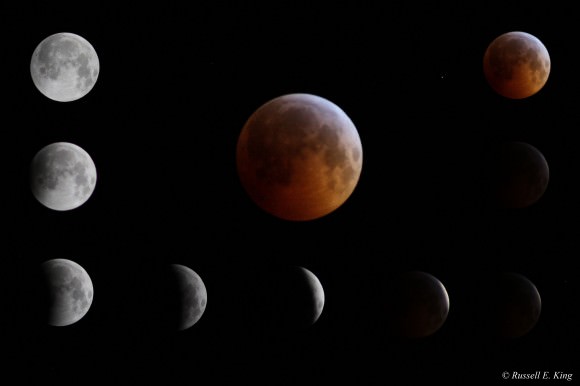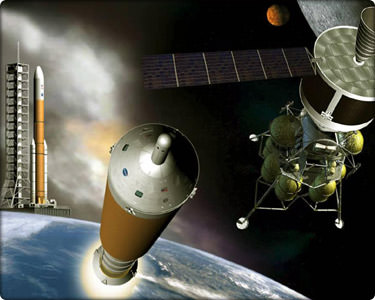[/caption]
NASA’s Kepler planet hunting space telescope has made an historic discovery by finding its first rocky planet – and it’s simultaneously the smallest planet ever found beyond our solar system. The exoplanet, dubbed Kepler-10b, measures barely 1.4 times the diameter of Earth and orbits its star in less than one earth day. Therefore the planet is located well outside the habitable zone and is far too close to the star for liquid water to exist. It is Earth-sized but not Earth-like with respect to the search for life. The finding of such a small and rocky world marks a major milestone for Keplers scientific capabilities in finding another world like our own.
Indeed the scorching hot planet orbits so close to its parent star – once every 0.84 days – that the surface is molten and temperatures exceed 2,500 degrees Fahrenheit, hotter than lava flows here on Earth. Kepler-10b is 20 times closer to its star than Mercury is to our sun. Its density is similar to that of an iron dumbbell.
Check out the amazing video below narrated by Natalie Batalha, Kepler’s deputy science team lead from NASA’s Ames Research Center which describes Kepler’s exciting discovery of the smallest exoplanet known to date – some 560 light years from Erath.
The discovery is based on data that was collected from May 2009 to early January 2010 and was independently confirmed with the W.M. Keck Observatory in Hawaii. A peer reviewed paper has been accepted for publication in the Astrophysical Journal. The spacecraft was launched in March 2009 by a Delta II rocket.
Over 500 exoplanets have been discovered up to now. Kepler uses the transit method to detect exoplanets and monitors 150,000 stars by aiming 42 detectors between the constellations of Cygnus and Lyra.
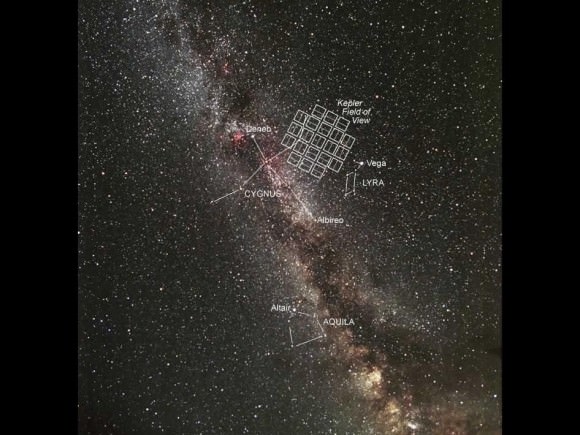
An image by Carter Roberts of the Eastbay Astronomical Society in Oakland, CA, showing the Milky Way region of the sky where the Kepler spacecraft/photometer will be pointing. Each rectangle indicates the specific region of the sky covered by each CCD element of the Kepler photometer. There are a total of 42 CCD elements in pairs, each pair comprising a square. Credit: Carter Roberts / Eastbay Astronomical Society.
Read more at this NASA Press release
NASA’s Kepler mission confirmed the discovery of its first rocky planet, named Kepler-10b. Measuring 1.4 times the size of Earth, it is the smallest planet ever discovered outside our solar system.
The discovery of this so-called exoplanet is based on more than eight months of data collected by the spacecraft from May 2009 to early January 2010.
“All of Kepler’s best capabilities have converged to yield the first solid evidence of a rocky planet orbiting a star other than our sun,” said Natalie Batalha, Kepler’s deputy science team lead at NASA’s Ames Research Center in Moffett Field, Calif., and primary author of a paper on the discovery accepted by the Astrophysical Journal. “The Kepler team made a commitment in 2010 about finding the telltale signatures of small planets in the data, and it’s beginning to pay off.”
Kepler’s ultra-precise photometer measures the tiny decrease in a star’s brightness that occurs when a planet crosses in front of it. The size of the planet can be derived from these periodic dips in brightness. The distance between the planet and the star is calculated by measuring the time between successive dips as the planet orbits the star.
Kepler is the first NASA mission capable of finding Earth-size planets in or near the habitable zone, the region in a planetary system where liquid water can exist on the planet’s surface. However, since it orbits once every 0.84 days, Kepler-10b is more than 20 times closer to its star than Mercury is to our sun and not in the habitable zone.
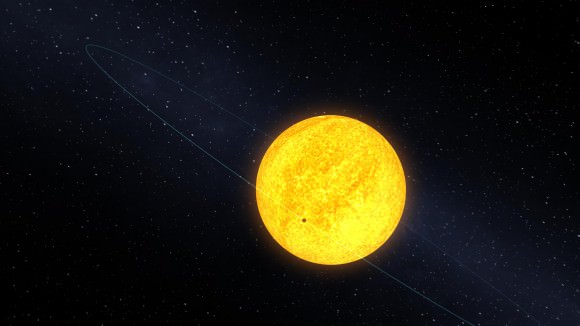
We aim our mosaic of 42 detectors there, under the swan’s wing, just above the plane of the Milky Way galaxy. The star itself is very similar to our own sun in temperature, mass and size, but older with an age of over 8 billion years, compared to the 4-and-1/2 billion years of our own sun. It’s a quiet star, slowly spinning with a weak magnetic field and few of the sun spots that characterize our own sun. The star’s about 560 light years from our solar system and one of the brighter stars that Kepler is monitoring. It was the first we identified as potentially harboring a very small transiting planet. The transits of the planet were first seen in July of 2009.
The diameter of Kepler-10b is only about 1.4 times the diameter of Earth and it's mass is about 4.5 times that of Earth. It is the best example of a rocky planet to date.
Kepler-10 was the first star identified that could potentially harbor a small transiting planet, placing it at the top of the list for ground-based observations with the W.M. Keck Observatory 10-meter telescope in Hawaii.
Scientists waiting for a signal to confirm Kepler-10b as a planet were not disappointed. Keck was able to measure tiny changes in the star’s spectrum, called Doppler shifts, caused by the telltale tug exerted by the orbiting planet on the star.
“The discovery of Kepler-10b, a bone-fide rocky world, is a significant milestone in the search for planets similar to our own,” said Douglas Hudgins, Kepler program scientist at NASA Headquarters in Washington. “Although this planet is not in the habitable zone, the exciting find showcases the kinds of discoveries made possible by the mission and the promise of many more to come,” he said.
“Our knowledge of the planet is only as good as the knowledge of the star it orbits,” said Batalha. Because Kepler-10 is one of the brighter stars being targeted by Kepler, scientists were able to detect high frequency variations in the star’s brightness generated by stellar oscillations, or starquakes. “This is the analysis that really allowed us to pin down Kepler-10b’s properties.,” she added.
“We have a clear signal in the data arising from light waves that travel within the interior of the star,” said Hans Keldsen, an astronomer at the Kepler Asteroseismic Science Consortium at Aarhus University in Denmark. Kepler Asteroseismic Science Consortium scientists use the information to better understand the star, just as earthquakes are used to learn about Earth’s interior structure. “As a result of this analysis, Kepler-10 is one of the most well characterized planet-hosting stars in the universe next to our sun,” Kjeldsen said.
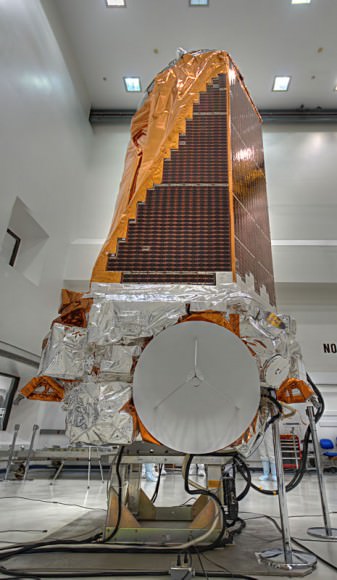
That’s good news for the team studying Kepler-10b. Accurate stellar properties yield accurate planet properties. In the case of Kepler-10b, the picture that emerges is of a rocky planet with a mass 4.6 times that of Earth and with an average density of 8.8 grams per cubic centimeter — similar to that of an iron dumbbell.
“This planet is unequivocally rocky, with a surface you could stand on,” commented team member Dimitar Sasselov, of the Harvard-Smithsonian Center for Astrophysics in Cambridge and a Kepler co-investigator.
“All of Kepler’s best capabilities have converged for this discovery,” Batalha said, “yielding the first solid evidence of a rocky planet orbiting a star other than our sun.”
Ames manages Kepler’s ground system development, mission operations and science data analysis. NASA’s Jet Propulsion Laboratory in Pasadena, Calif., managed Kepler mission development.
Ball Aerospace and Technologies Corp. in Boulder, Colo., developed the Kepler flight system and supports mission operations with the Laboratory for Atmospheric and Space Physics at the University of Colorado in Boulder. The Space Telescope Science Institute in Baltimore archives, hosts and distributes the Kepler science data.
……..
Click here to view a hi res 360 degree panorama of Kepler inside the cleanroom. Credit: nasatech.net


